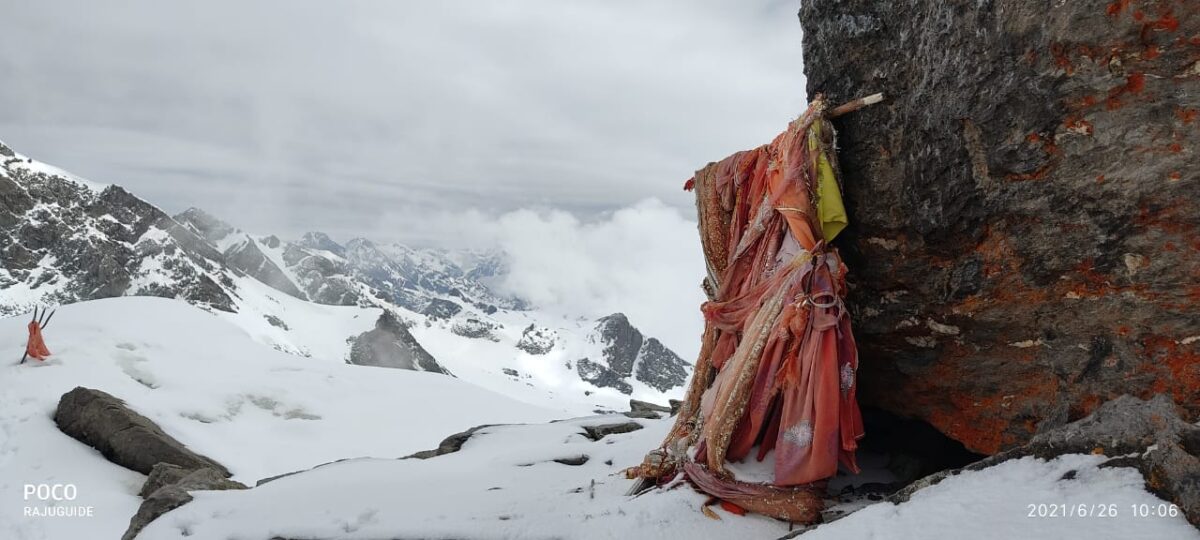Best Time To Visit Adi Kailash
The weather is optimal for the Adi Kailash trip between June and September because the temperature is pleasant and the rain has yet to begin blocking the route with landslides.
Nestled in the lap of the Himalayas, Adi Kailash stands as a symbol of divine beauty and spiritual significance. Often overshadowed by its more famous counterpart, Mount Kailash, Adi Kailash offers a serene and less-crowded alternative for those seeking a spiritual and adventurous retreat. Choosing the right time to visit this sacred destination is crucial for a fulfilling experience. In this article, we will delve into the best time to visit Adi Kailash, taking into account weather conditions, accessibility, and the unique spiritual events that unfold during specific seasons.
-
Adi Kailash in Summer (May to June):
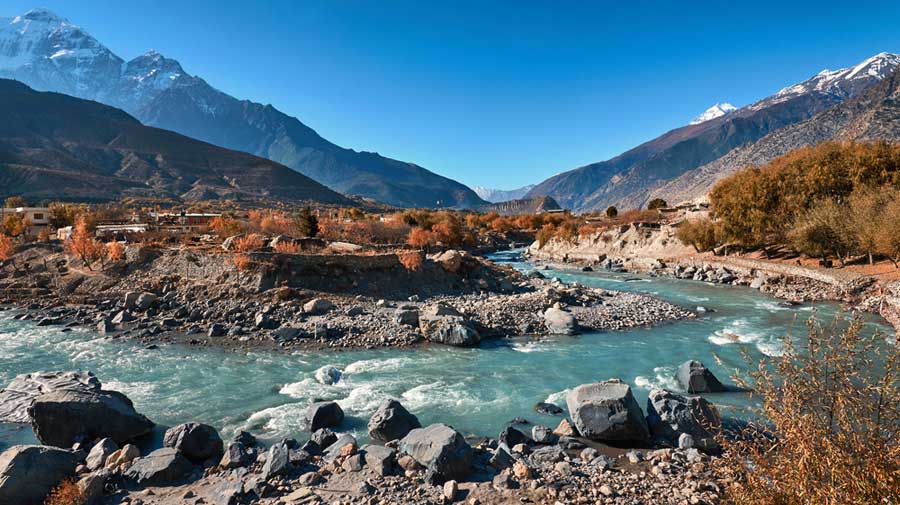
The summer months of May and June mark the beginning of the pilgrimage season to Adi Kailash. During this time, the weather is relatively mild and trekking trails become accessible, allowing pilgrims to embark on the arduous yet spiritually rewarding journey. The lush greenery surrounding Adi Kailash adds to the enchanting landscape, creating a picturesque setting for those seeking communion with nature and the divine.
-
Adi Kailash in Monsoon (July to September):
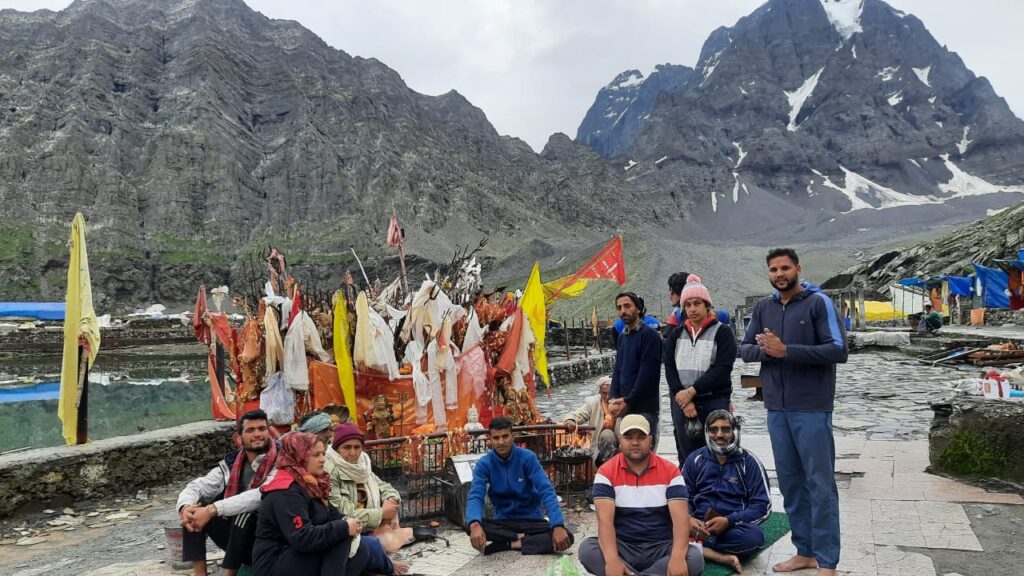
While the monsoon season brings rain and potential challenges in terms of trekking conditions, it also unveils the vibrant colors of Adi Kailash. The rain transforms the landscape into a lush paradise, with blooming flowers and gushing waterfalls adding to the natural beauty. However, trekkers should be cautious of slippery trails and increased difficulty in transportation during this period.
- Autumn (October to November):
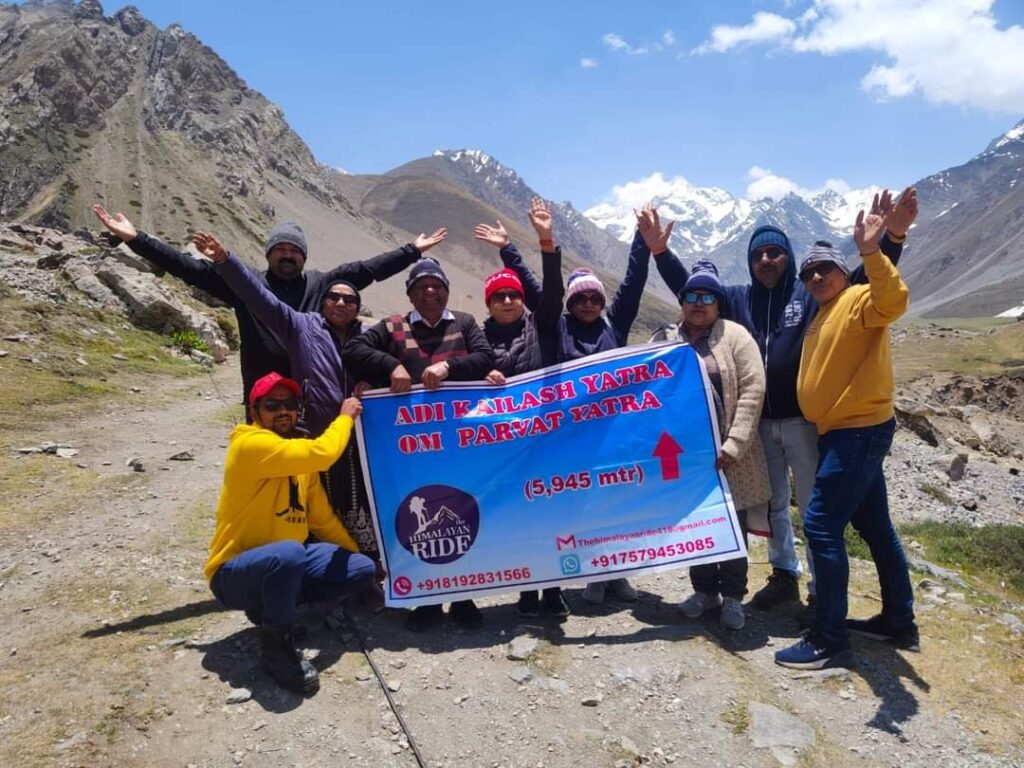
Considered by many as the best time to visit Adi Kailash, the autumn months of October and November offer a perfect blend of clear skies, comfortable temperatures, and breathtaking views. The weather is crisp, and the surrounding mountains are adorned with a dusting of snow, creating a mesmerizing atmosphere for pilgrims and adventure enthusiasts alike. This season also coincides with various festivals, adding a cultural dimension to the spiritual journey.
-
Adi Kailash in Winter (December to April):
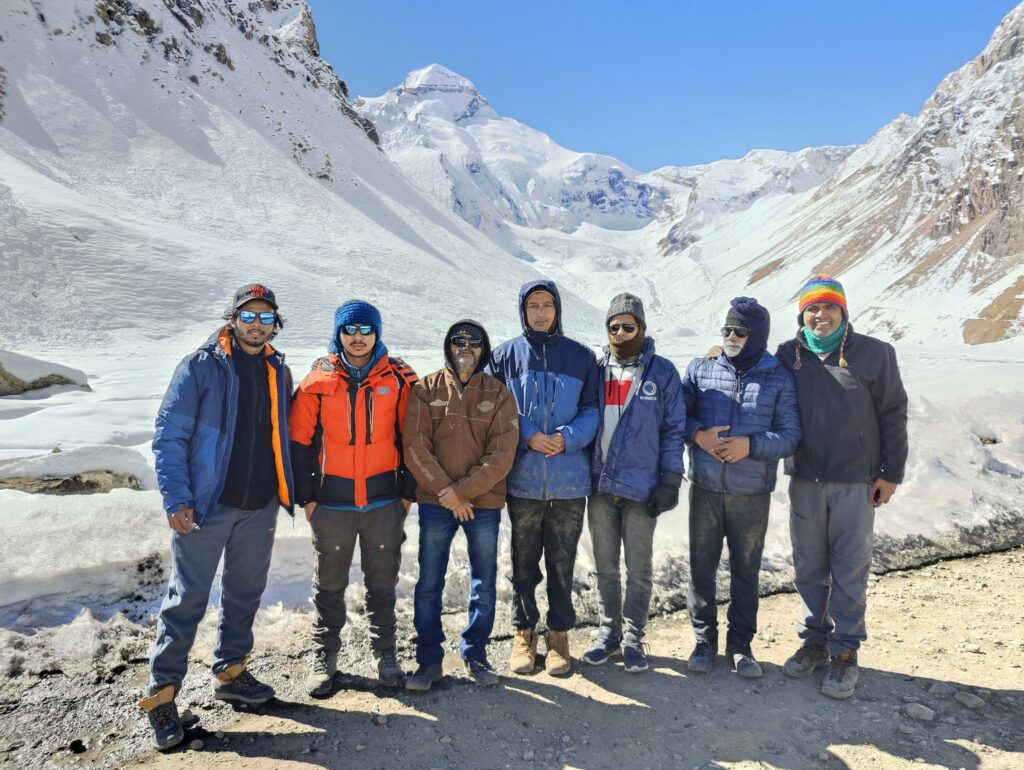
Winter blankets Adi Kailash in a serene layer of snow, transforming the landscape into a tranquil wonderland. While the temperatures can drop significantly, the snowy terrain provides a unique and ethereal backdrop for those seeking a different kind of spiritual experience. Winter is the least visited season due to harsh weather conditions, but it attracts a special breed of explorers looking for solitude and a deeper connection with the divine.
Conclusion:
Choosing the best time to visit Adi Kailash depends on personal preferences, whether one seeks the vibrant colors of monsoon, the crisp landscapes of autumn, or the serene solitude of winter. Each season offers a distinct experience, blending the natural beauty of the region with the spiritual significance of Adi Kailash. Whatever the chosen time, a pilgrimage to Adi Kailash promises a transformative journey for those seeking a deeper connection with themselves and the mystical wonders of the Himalayas.

